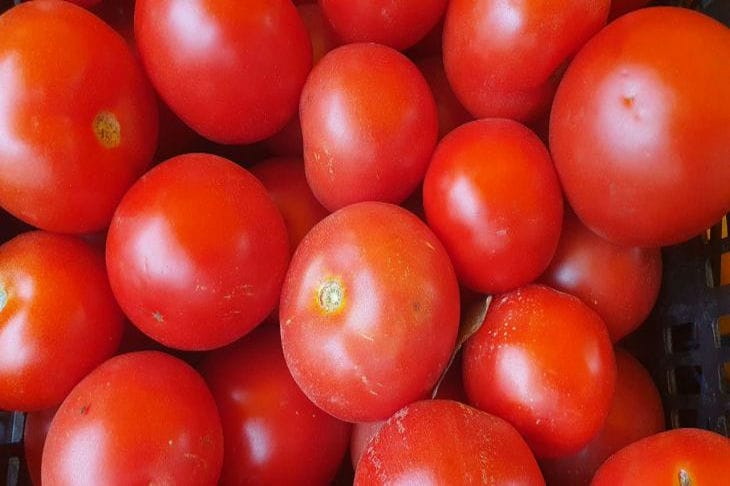Strong and healthy seedlings are a guarantee of a future tomato harvest.
To obtain high-quality seedlings, it is necessary not only to create optimal conditions for their growth, but also to provide timely feeding.
Correctly selected fertilizers contribute to the formation of a strong stem, development of the root system and saturation of green foliage in seedlings, says Anastasia Kovrizhnykh .
First feeding: growth stimulation
After two weeks from the moment of seed germination, young tomatoes need the first portion of nutrients for further development. During this period, plants need nitrogen, which promotes the growth of green mass.
For the first feeding, you can use urea, ammonium nitrate or organic fertilizers, such as mullein or bird droppings infusion.

It is important not to overdo it with nitrogen fertilizers, as their excess can lead to the seedlings becoming elongated and weakening their immunity.
Second feeding: strengthening the root system
The second feeding of tomato seedlings is carried out 2-3 weeks after the first. During this period, the plants actively develop the root system.
To strengthen it, phosphorus fertilizers are used, such as superphosphate, bone meal or phosphate rock. Phosphorus plays an important role in the development of plant roots and also increases their resistance to stress and disease.
Third feeding: preparation for planting
The third feeding of tomato seedlings is carried out a week before planting in the ground. During this period, the plants need complex nutrition, including nitrogen, phosphorus and potassium.
Potassium increases plant resistance to drought, cold and diseases, and promotes fruit formation. For the third feeding, you can use complex mineral fertilizers or organic fertilizers, such as ash infusion.
Foliar feeding: quick help
Foliar feeding is an effective way to quickly deliver nutrients to plant leaves. It is especially useful during periods of stress, such as after picking or replanting.
For foliar feeding, solutions of mineral fertilizers or microelements are used, which are sprayed onto the leaves of plants.
It is important to carry out foliar feeding in cloudy weather or in the evening to avoid leaf burns.
Organic fertilizers: natural power
Organic fertilizers are a significant nutrient resource for planted tomatoes.
They help improve the structure of the soil, increase its fertility and the development of beneficial microorganisms.
As organic fertilizers you can use infusion of mullein, bird manure, herbal infusion or ash solution.
It is important to prepare and use organic fertilizers correctly to avoid burning plant roots.
Signs of Nutrient Deficiency
By observing tomato seedlings, you may notice signs of deficiency of certain nutrients.
For example, yellowing of the lower leaves may indicate a lack of nitrogen, a purple tint of the leaves may indicate a phosphorus deficiency, and yellowing of the leaves between the veins may indicate a lack of magnesium.
It is important to recognize the signs of deficiency in time and take measures to eliminate it.
Previously, wetalked about the mistakes that prevent peonies from blooming.









